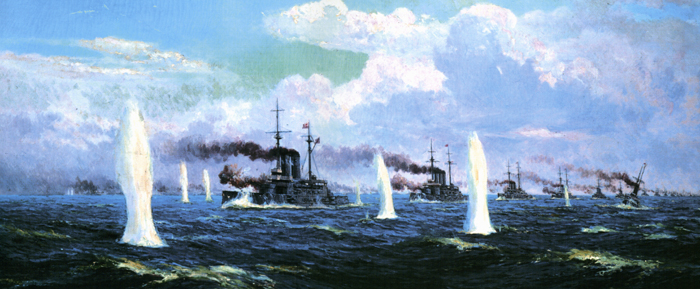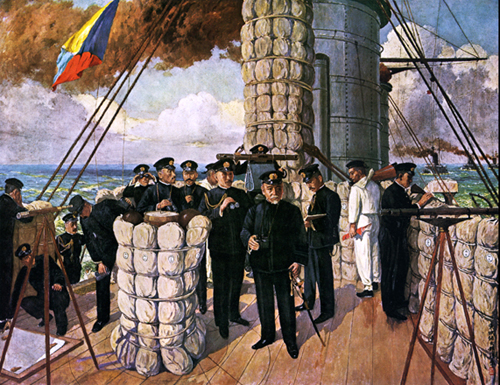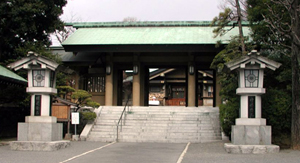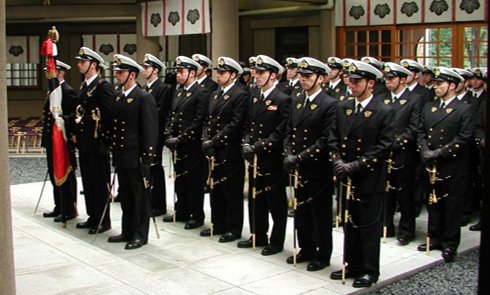
| Military Swords of Imperial
Japan 0 |
Meaning of a
Guntō |






 Republica de Chile naval officers who do courtesy worship of Tōgō-jinja → |
 |

| ← Table of contents | Officer's Guntō theory
naval Guntō "Yoshifusa."
Meaning of a Guntō → |